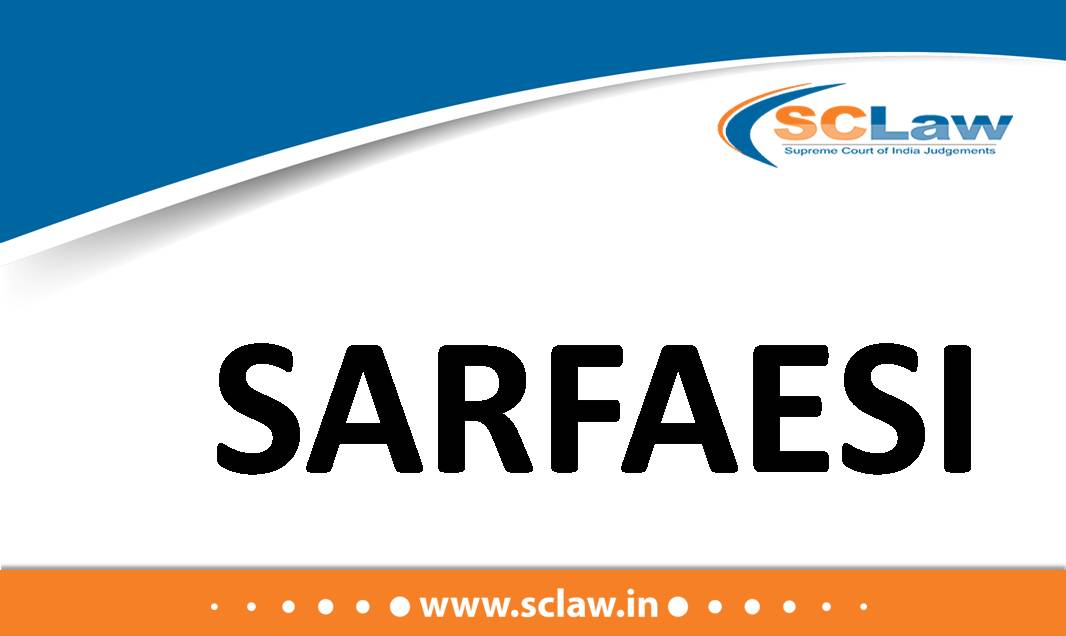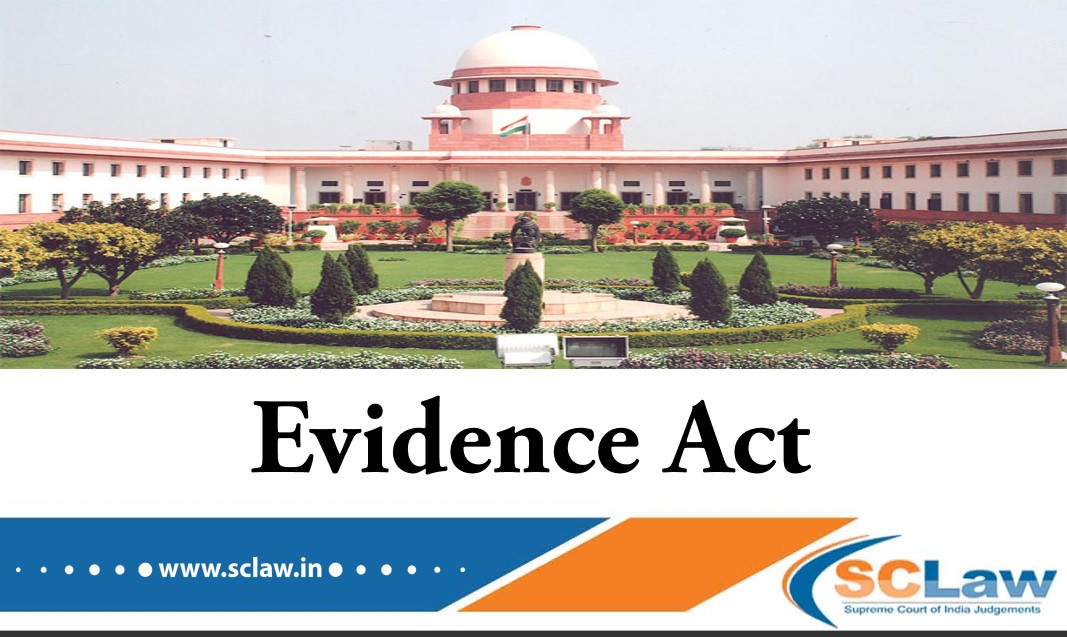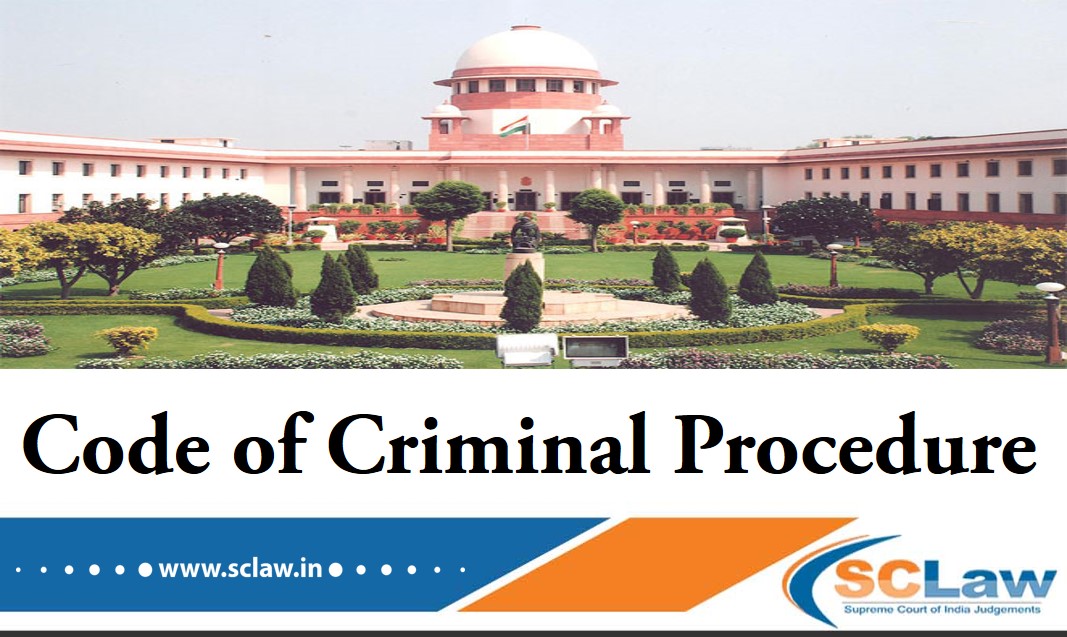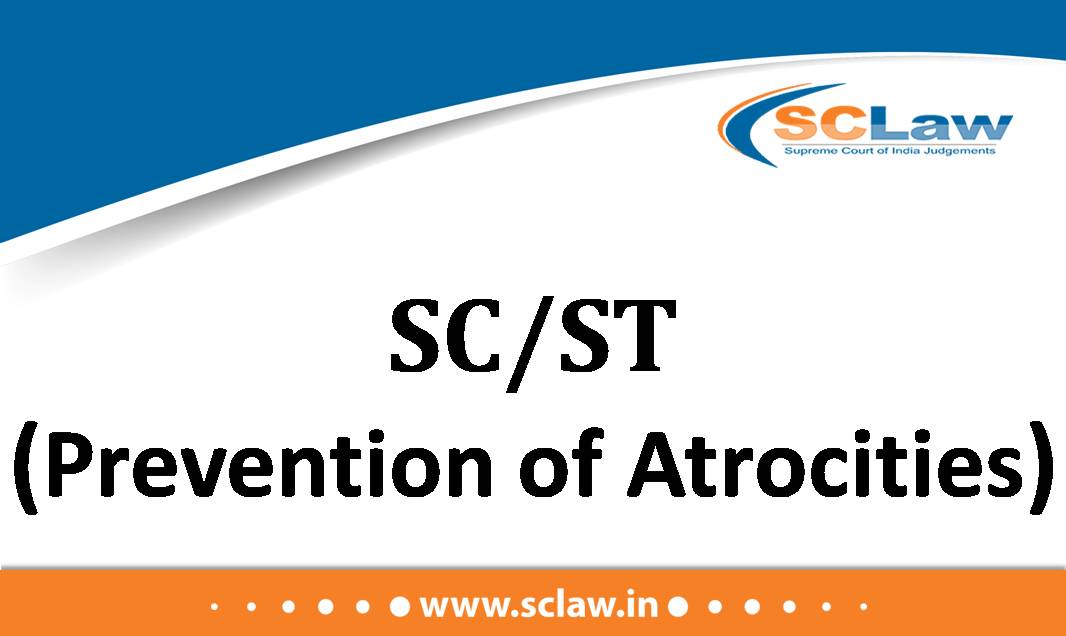Uttar Pradesh Trade Tax Act, 1948 – Section 4-A(5) – Exemption – the goods manufactured on use of advance and/or modern technology, cannot be said to be a different commercial activity at all – High Court has not committed any error in refusing to grant exemption to the appellant – Appeal dismissed.
SUPREME COURT OF INDIA DIVISION BENCH AMD INDUSTRIES LIMITED (EARLIER KNOWN AS M/S. ASHOKA METAL DÉCOR PRIVATE LIMITED) — Appellant Vs. COMMISSIONER OF TRADE TAX, LUCKNOW AND ANOTHER — Respondent…
State Bank of India Officers Service Rules, 1992 – Rule 19(3) – Order of Appointing Authority dismissing the respondent from service after granting opportunity of hearing to the respondent was in consonance with the direction given by this Court and could not be said to be arbitrary illegal or in violation of Rule 19(3) of the Rules
SUPREME COURT OF INDIA DIVISION BENCH STATE BANK OF INDIA AND OTHERS — Appellant Vs. KAMAL KISHORE PRASAD — Respondent ( Before : Krishna Murari and Bela M. Trivedi, JJ.…
(SARFAESI) – Section 31(i) – Possession and Auction – – once the secured property is put as a security by way of mortgage etc. meaning thereby the same was not treated as agricultural land, such properties cannot be said to be exempted from the provisions of the SARFAESI Act under Section 31(i) of the SARFAESI Act – the borrower to prove that the secured properties were agricultural lands and actually being used as agricultural lands
SUPREME COURT OF INDIA DIVISION BENCH K. SREEDHAR — Appellant Vs. M/S RAUS CONSTRUCTIONS PVT. LTD. AND OTHERS — Respondent ( Before : M.R. Shah and M.M. Sundresh, JJ. )…
Evidence Act, 1872 – Ss 101 & 102 – Suit for Possession – Declaration of Title – A person in possession of land in the assumed character as the owner, and exercising peaceably the ordinary rights of ownership, has a legal right against the entire world except the rightful owner – the burden of proof lies on the plaintiff and can be discharged only when he is able to prove title – Weakness of the defence cannot be a justification to decree the suit.
SUPREME COURT OF INDIA DIVISION BENCH SMRITI DEBBARMA (DEAD) THROUGH LEGAL REPRESENTATIVE — Appellant Vs. PRABHA RANJAN DEBBARMA AND OTHERS — Respondent ( Before : Sanjiv Khanna and J.K. Maheshwari,…
HELD the borrower can take the benefit of the amount received by the creditor in an auction sale only if he unequivocally accepts the sale. In a case where the borrower also challenges the auction sale and does not accept the same and also challenges the steps taken under Section 13(2)/13(4) of the SARFAESI Act with respect to secured assets, the borrower has to deposit 50% of the amount claimed by the secured creditor along with interest as per section 2(g) of the Act 1993 and as per section 2(g), “debt” means any liability inclusive of interest which is claimed as due from any person.
SUPREME COURT OF INDIA DIVISION BENCH M/S SIDHA NEELKANTH PAPER INDUSTRIES PRIVATE LIMITED AND ANOTHER — Appellant Vs. PRUDENT ARC LIMITED AND OTHERS — Respondent ( Before : M.R. Shah…
Period of parole – Purpose of considering actual imprisonment, the period of parole is to be excluded.
SUPREME COURT OF INDIA DIVISION BENCH ROHAN DHUNGAT ETC. — Appellant Vs. THE STATE OF GOA AND OTHERS ETC. — Respondent ( Before : M.R. Shah and C.T. Ravikumar, JJ.…
HELD a ‘priority’ conferred / provided under Section 26E of the SARFAESI Act would prevail over the recovery mechanism of the Micro, Small and Medium Enterprises Development Act, 2006 (MSMED Act).
SUPREME COURT OF INDIA DIVISION BENCH KOTAK MAHINDRA BANK LIMITED — Appellant Vs. GIRNAR CORRUGATORS PVT. LTD. AND OTHERS — Respondent ( Before : M.R. Shah and Krishna Murari, JJ.…
None of the ingredients of Sections 3(1)(v) and (va) of the Scheduled Castes and the Scheduled Tribes (Prevention of Atrocities) Act, 1989 are made out and/ or satisfied – Criminal proceedings quashed – Appeal allowed.
SUPREME COURT OF INDIA DIVISION BENCH B. VENKATESWARAN AND OTHERS — Appellant Vs. P. BAKTHAVATCHALAM — Respondent ( Before : M.R. Shah and Krishna Murari, JJ. ) Criminal Appeal No.…
(SARFAESI) – Section 18 – Pre-deposit – Whether, while calculating the amount to be deposited as pre-deposit under Section 18 of the SARFAESI Act, 50% of which amount the borrower is required to deposit as pre-deposit? – in a case where both are under challenge, namely, steps taken under Section 13(4) against the secured assets and also the auction sale of the secured assets, in that case, the “debt due” shall mean any liability (inclusive of interest) which is claimed as due from any person, whichever is higher.
SUPREME COURT OF INDIA DIVISION BENCH M/S SIDHA NEELKANTH PAPER INDUSTRIES PRIVATE LIMITED AND ANOTHER — Appellant Vs. PRUDENT ARC LIMITED AND OTHERS — Respondent ( Before : M.R. Shah…
The Courts are meant to do justice and cannot compel a person to do something which was impossible for him to do – It is directed that the payment of Rs.1,24,28,500/- already deposited by the appellant be appropriated towards settlement dues under “Sabka Vishwas (Legacy Dispute Resolution) Scheme, 2019” and the appellant be issued discharge certificate.
SUPREME COURT OF INDIA DIVISION BENCH M/S. SHEKHAR RESORTS LIMITED (UNIT HOTEL ORIENT TAJ) — Appellant Vs. UNION OF INDIA AND OTHERS — Respondent ( Before : M. R. Shah…











